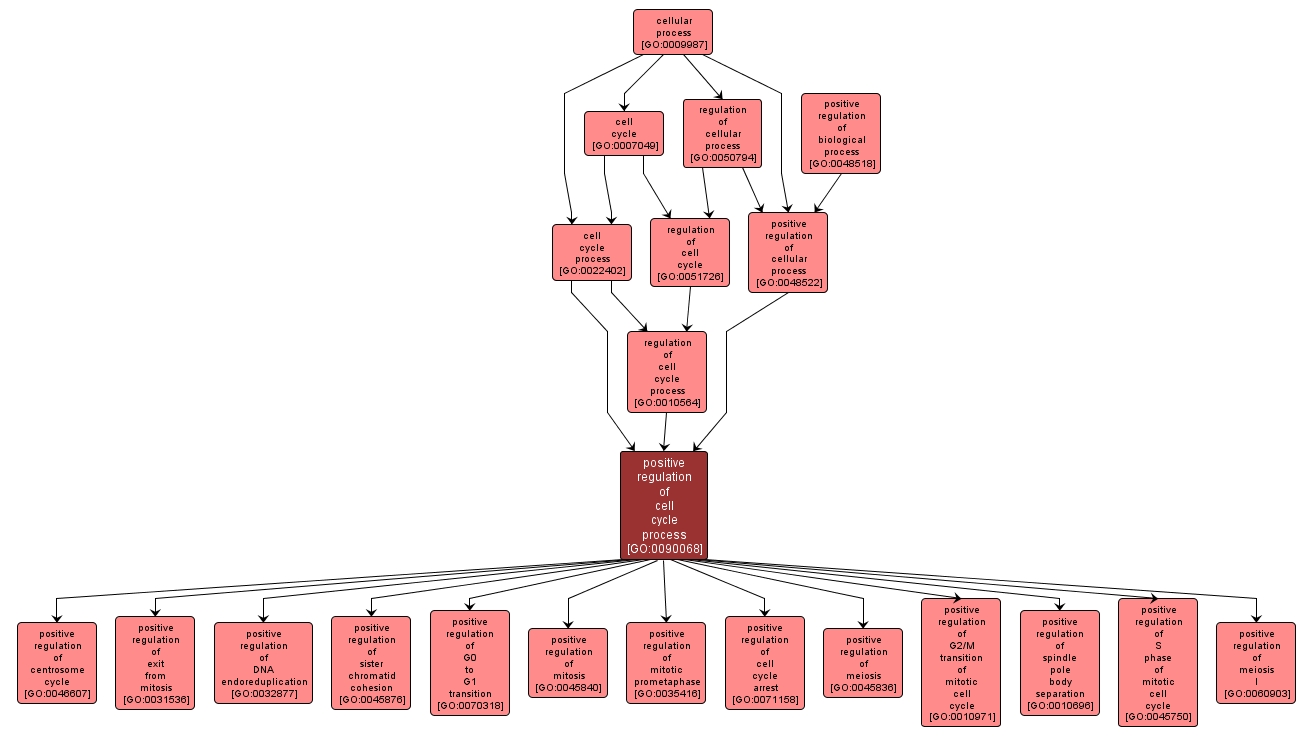GO TERM SUMMARY
|
| Name: |
positive regulation of cell cycle process |
| Acc: |
GO:0090068 |
| Aspect: |
Biological Process |
| Desc: |
Any process that increases the rate, frequency or extent of a cellular process that is involved in the progression of biochemical and morphological phases and events that occur in a cell during successive cell replication or nuclear replication events. |
|

|
INTERACTIVE GO GRAPH
|














